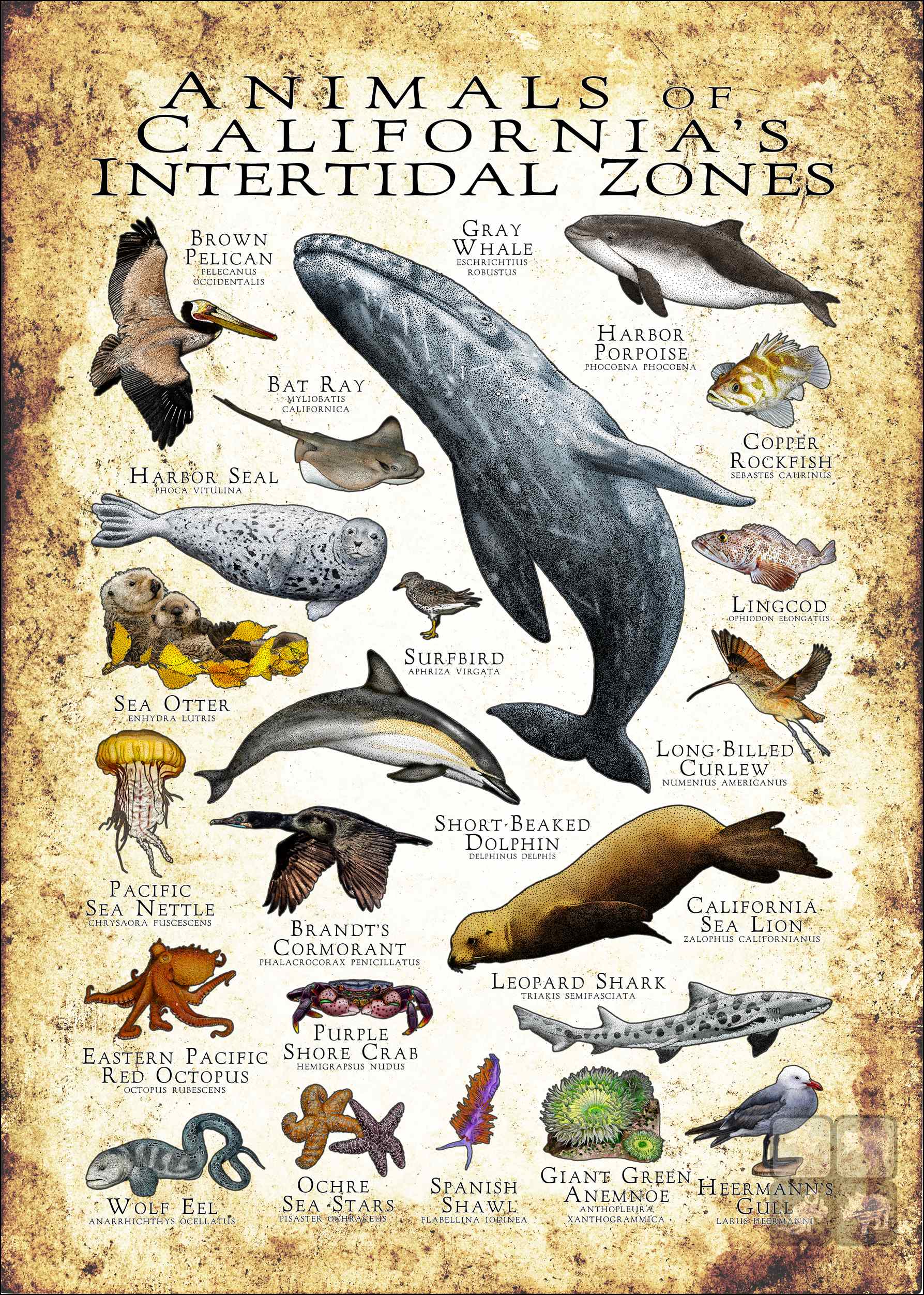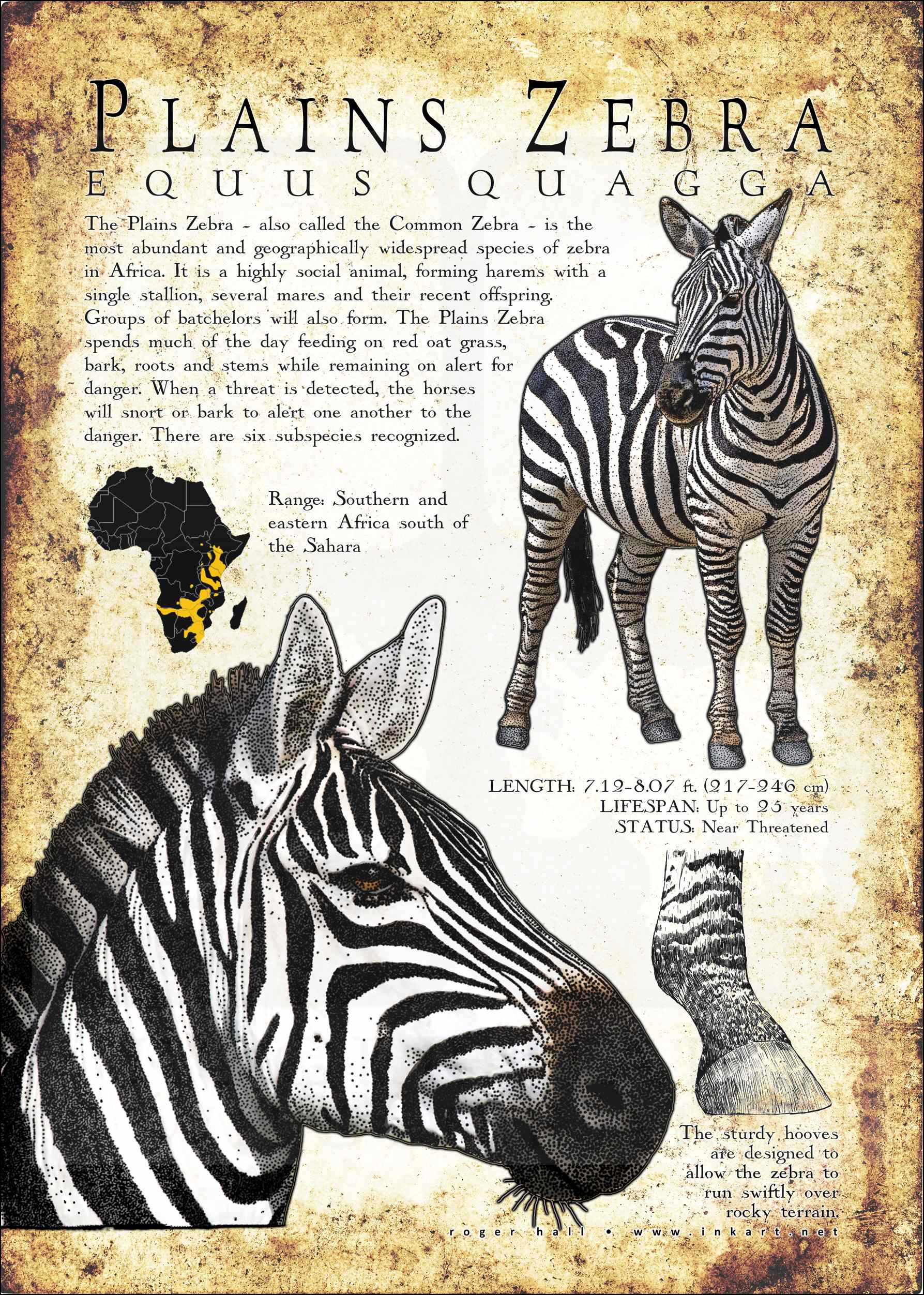We caught up with the brilliant and insightful Roger Hall a few weeks ago and have shared our conversation below.
Roger, thanks for taking the time to share your stories with us today Earning a full time living from one’s creative career can be incredibly difficult. Have you been able to do so and if so, can you share some of the key parts of your journey and any important advice or lessons that might help creatives who haven’t been able to yet?
I received formal training from the Bougie Studio in Minneapolis, MN in the mid 80s (long since closed or changed names I believe) as well as a certification of completion in Commercial Art from the Minneapolis Technology Institute in 1988.
However, I did not wind up pursuing commercial art as a career. Instead, I found my niche as a freelance illustrator around 1990 and have worked in that field since that time, specializing in architecture and wildlife subjects. Most of my illustration techniques were self taught. I did sporadic work for architect firms throughout much of the 90s, as well as creating custom drawings of people’s homes. (I also spent a summer in Paris sketching and selling art in the streets.) It wasn’t until I began to focus on flora and fauna in the last 1990s that I started to see real success.
I moved to California around 1999 and set aside my art career for a few years. When I returned to art, I focused on reptiles and amphibians, even doing some shows in and around the Bay Area. I started designing regionally themed wildlife posters in the early 2010s (e.g., “Songbirds of Georgia,” “Mammals of Northern California”) and that is where I have found the most success. I can’t think of any way that could have sped up the process, as I learned and developed my ability as I went along.


Awesome – so before we get into the rest of our questions, can you briefly introduce yourself to our readers.
I came to scientific illustration in large part by changes in my interests, which became more focused on nature and wildlife as I aged and less on architecture, which had been my passion since graduating art school. I sold single prints of specific animals for many years and became involved with the reptile community (people who own, sell, and are generally interested in reptiles). They encouraged me to focus on these animals, which I did and sold many prints through shows and online.
But things didn’t really take off for me until I started doing collage posters of animals, specifically regionally based poster designs based on the states of the US. Songbirds, butterflies, hummingbirds, mammals, birds of prey, reptiles, etc.—all of these subjects are of great interest to people, and they enjoy learning about what animals live in their area. I opened an Etsy store several years ago and have enjoyed good success with over 5.6K sales. I also have a CafePress store along with representation in Japan and New York.


What do you find most rewarding about being a creative?
I enjoy the freedom of being able to create based upon my interests and passions, with the knowledge that many others share a passion for wildlife and want to collect artwork that celebrates and showcases it. This “alloy” of creation based upon what there is a market for and what types of illustrations I want to create can be challenging but also extremely satisfying.


Have you ever had to pivot?
For many years, I worked exclusively in black and white. I did have some success, as ink drawings of buildings and animals do have a market. Around 2007 I was approached by a company who worked with zoos and aquariums in the US. They liked my style and wanted to put my drawing on mugs, magnets, and t-shirts. But they *HAD* to be color, not black and white. At first I balked, thinking I had developed my style to be purely black and white. But things had stagnated in my art career, and I needed more exposure and income. By this time, I had spent many years creating around 250+ black and white drawings of various subjects, and I was unhappy at the idea of starting over and creating a new illustration library. So I wondered if I could use existing black and white drawings and somehow colorize them. It took me quite some time, but in the end I developed a process using a graphics tablet and Adobe Photoshop to lay color over an existing ink drawing. What I ended up with was a pen and ink drawing that was colorized, and the final image I believe has a unique look to it. The company took me on and I worked with them for many years. Shifting to color led to greater general success in art as well.
Contact Info:
- Website: https://inkart.net/
- Instagram: https://www.instagram.com/saveourspeciesart/
- Facebook: https://www.facebook.com/rogerhallart/
- Linkedin: https://www.linkedin.com/in/roger-hall-02341920
- Other: https://flickr.com/photos/roger_inkart/
https://www.etsy.com/shop/WildlifeArtbyRoger




